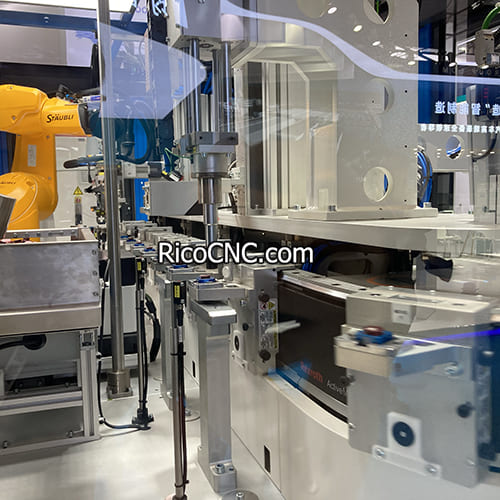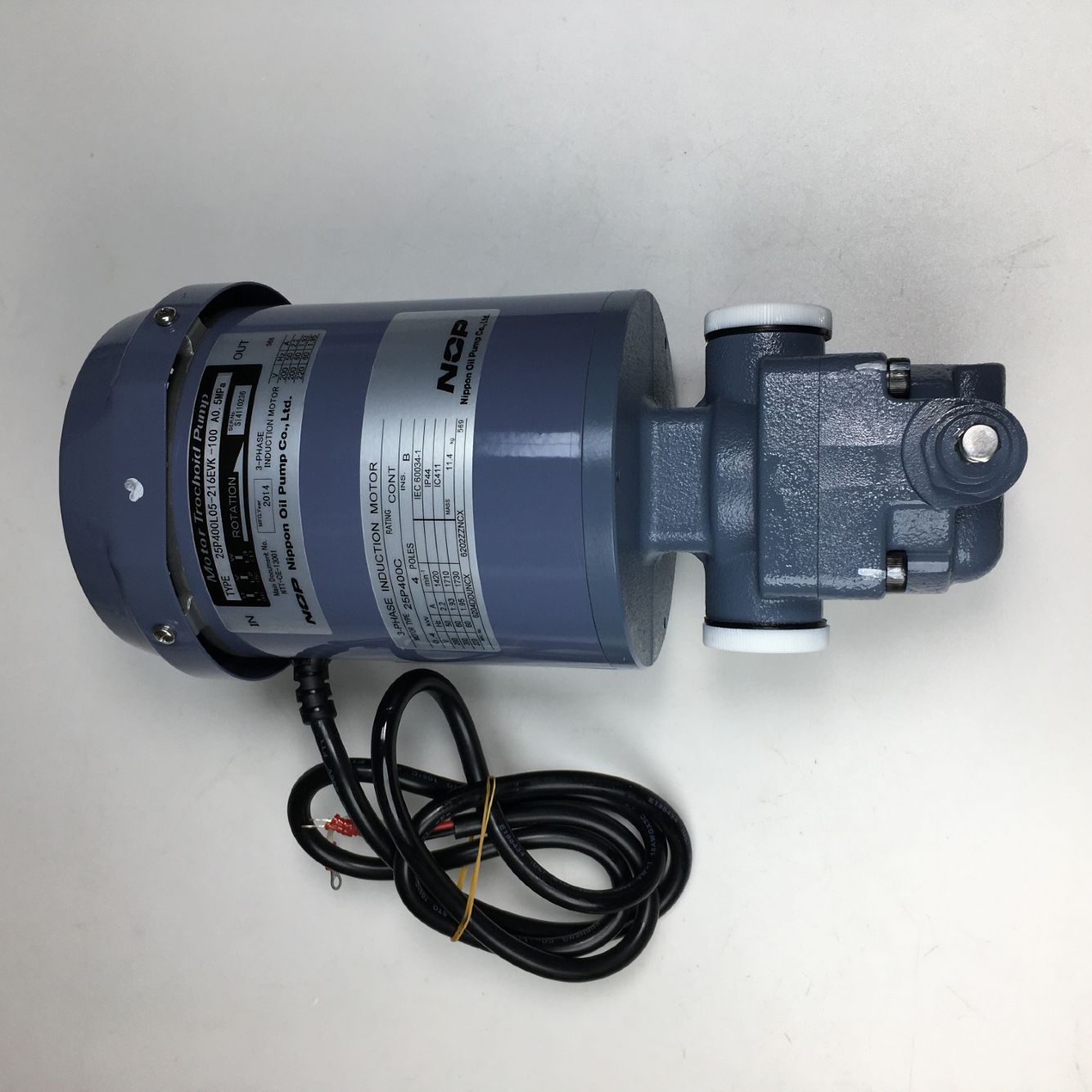
What is a Trochoid Pump?
In the world of fluid dynamics and mechanical engineering, the trochoid pump stands out as a marvel of efficiency and precision. This ingenious device plays a crucial role in various industries, from automotive to manufacturing, and its unique design sets it apart from traditional pumping mechanisms. Let's dive into the fascinating world of trochoid pumps and explore their inner workings, applications, and advantages.
Understanding the Basics of Trochoid Pumps
A trochoid pump, also known as a gerotor pump, is a type of positive displacement pump that uses the principles of internal gear mechanics to move fluid. The name "trochoid" comes from the shape of the rotor, which follows a trochoidal curve. These pumps are renowned for their smooth operation, high efficiency, and compact design.

Basic components of a trochoid pump
The main components of a trochoid pump include:
An inner rotor with external lobes
An outer rotor with internal lobes
A pump housing
Inlet and outlet ports
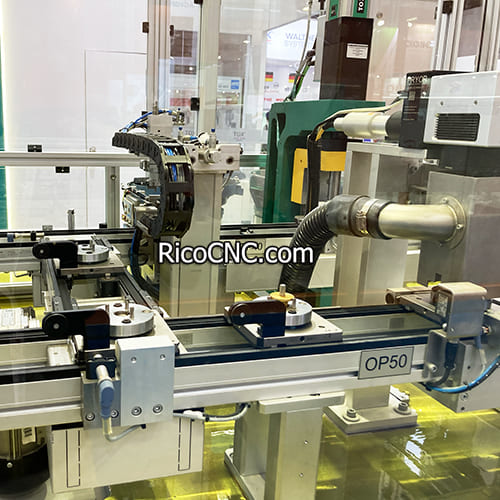
The inner rotor typically has one fewer lobe than the outer rotor, creating a series of crescent-shaped chambers that expand and contract as the rotors turn. This unique design is what gives the trochoid pump its exceptional pumping capabilities.
Types of Trochoid Pumps
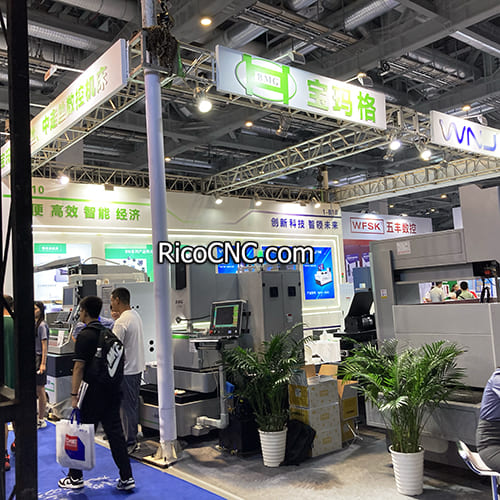
Trochoid pumps come in various configurations to suit different applications. Some common types include:
Standard Trochoid Pumps: These are the most basic form, suitable for a wide range of applications.
High Power Series Trochoid Pumps: Designed for applications requiring higher pressure and flow rates.
Small Intermediate Capacity Pumps: Ideal for applications where space is limited but moderate flow rates are needed.
Top Ranger Series: These pumps offer superior performance and efficiency for demanding applications.
World Change Series: Cutting-edge trochoid pumps designed to meet evolving industry needs and environmental standards.
Each type has its strengths, making trochoid pumps versatile solutions for various pumping challenges.
Advantages of Trochoid Pumps
Trochoid pumps offer several advantages over other pump designs:
High Efficiency: The close tolerances and smooth operation result in excellent volumetric efficiency.
Compact Design: Trochoid pumps can deliver high flow rates in a relatively small package.
Low Pulsation: The continuous fluid movement results in smooth, nearly pulse-free flow.
Self-Priming: Many trochoid pumps can operate without external priming.
Quiet Operation: The smooth rotation of the rotors results in less noise compared to other pump types.
Versatility: Trochoid pumps can handle a wide range of fluids, from low to high viscosity.
These advantages make trochoid pumps an attractive choice for many applications, particularly where space is limited and efficiency is crucial.
Applications of Trochoid Pumps
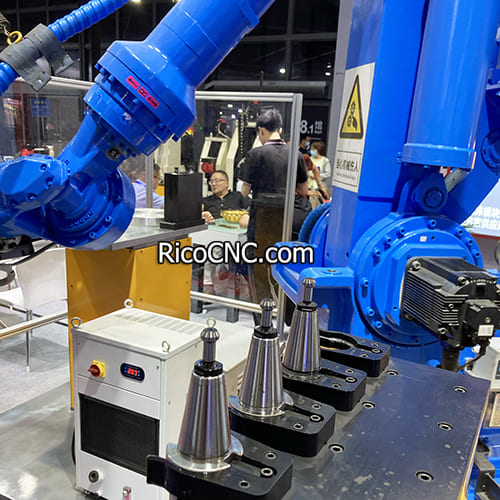
Trochoid pumps find use in a wide range of industries and applications:
Automotive: Engine oil pumps, power steering systems, and transmission fluid pumps.
Hydraulics: Providing precise fluid control in various hydraulic systems.
Manufacturing: Lubricant circulation in machine tools and CNC equipment.
Food and Beverage: Pumping viscous liquids like syrups and oils.
Medical: Precise fluid delivery in medical devices and laboratory equipment.
Aerospace: Fuel pumps and hydraulic systems in aircraft.
The versatility of trochoid pumps makes them indispensable in many modern industrial processes.
Design Considerations for Trochoid Pumps
When designing or selecting a trochoid pump, several factors must be considered:
Flow Rate Requirements: Determine the required flow rate for your application.
Pressure Needs: Consider the pressure the pump needs to generate or withstand
Fluid Properties: Viscosity, temperature, and chemical compatibility of the fluid being pumped.
Material Selection: Choose materials that are compatible with the fluid and operating conditions.
Size Constraints: Consider the available space for pump installation.
Efficiency Goals: Determine the required efficiency for your application.
Careful consideration of these factors ensures optimal pump performance and longevity.
Maintenance and Care of Trochoid Pumps
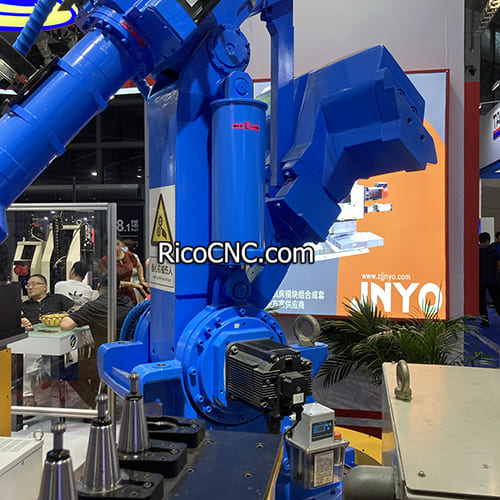
Proper maintenance is crucial for ensuring the longevity and performance of trochoid pumps. Here are some key maintenance tips:
Regular Inspections: Check for signs of wear, leaks, or unusual noises.
Fluid Quality: Use clean, filtered fluids to prevent contamination and wear.
Proper Lubrication: Ensure adequate lubrication of moving parts.
Temperature Control: Monitor and maintain appropriate operating temperatures.
Seal Replacement: Replace seals and gaskets as needed to prevent leaks.
Alignment: Regularly check and adjust rotor alignment if necessary.
Following these maintenance practices can significantly extend the life of your trochoid pump and maintain its efficiency.
Troubleshooting Common Trochoid Pump Issues
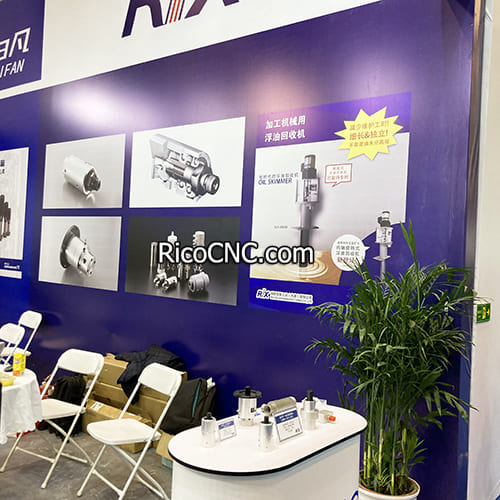
Even with proper maintenance, issues can arise. Here are some common problems and potential solutions:
Loss of Pumping Efficiency:
Check for wear on rotors and housing
Inspect for fluid contamination
Verify proper rotor alignment
Unusual Noise:
Look for cavitation issues
Check for loose mounting or misalignment
Inspect for worn bearings
Leaks:
Examine seals and gaskets for wear
Check for over-pressurization
Inspect housing for cracks or damage
Overheating:
Verify proper fluid viscosity
Check for restrictions in inlet or outlet lines
Ensure adequate cooling if required
Prompt attention to these issues can prevent more serious damage and downtime.
Innovations in Trochoid Pump Technology
The field of trochoid pump technology is continually evolving. Recent innovations include:
Advanced Materials: Development of new materials for improved wear resistance and chemical compatibility.
Precision Manufacturing: Use of advanced manufacturing techniques for tighter tolerances and improved efficiency.
Smart Pumps: Integration of sensors and IoT technology for real-time monitoring and predictive maintenance.
Eco-Friendly Designs: Development of more energy-efficient and environmentally friendly pump designs.
Customization: Increased ability to tailor pump designs for specific applications and industries.
These innovations are pushing the boundaries of what trochoid pumps can achieve, opening up new applications and improving performance in existing ones.
Comparing Trochoid Pumps to Other Pump Types
While trochoid pumps offer many advantages, it's important to understand how they compare to other pump types:
| Feature | Trochoid Pump | Gear Pump | Vane Pump |
|---|---|---|---|
| Efficiency | High | Medium | Medium to High |
| Size | Compact | Medium | Medium to Large |
| Pulsation | Very Low | Low to Medium | Low |
| Viscosity Range | Wide | Medium | Medium |
| Pressure Capability | Medium to High | High | Medium |
| Noise Level | Low | Medium | Medium to High |
This comparison helps in selecting the right pump type for specific applications.
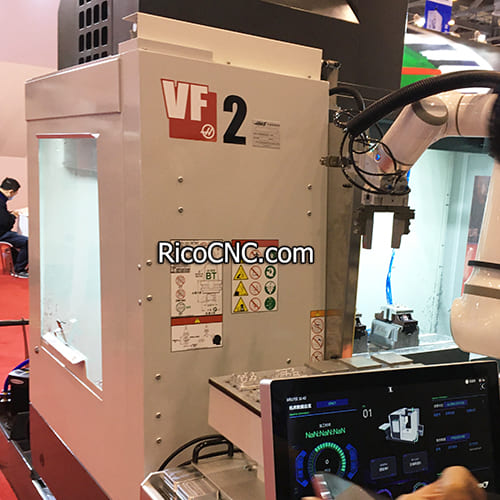
FAQs
1. How do I choose the right trochoid pump for my application?
Consider factors such as required flow rate, pressure, fluid properties, and available space. Consult with pump manufacturers or specialists to find the best match for your specific needs.
2. Are trochoid pumps suitable for high-viscosity fluids?
Yes, trochoid pumps are well-suited for handling high-viscosity fluids due to their positive displacement design and close tolerances. However, it's important to select a pump rated for the specific viscosity range of your fluid.
3. How often should a trochoid pump be serviced?
Service intervals depend on the application, operating conditions, and fluid being pumped. Generally, a visual inspection should be performed regularly, with more comprehensive maintenance scheduled based on the manufacturer's recommendations or your specific usage patterns.
4. Can trochoid pumps run dry?
While some trochoid pumps can tolerate brief periods of dry running, it's generally not recommended. Continuous dry running can cause rapid wear and damage to the pump components. Always ensure proper priming and fluid supply to the pump.
5. What materials are trochoid pumps typically made from?
Trochoid pumps can be manufactured from a variety of materials depending on the application. Common materials include cast iron, stainless steel, bronze, and various plastics. The choice of material depends on factors such as fluid compatibility, pressure requirements, and operating environment.
6. How do trochoid pumps handle particulates in the fluid?
Trochoid pumps have tight tolerances between the rotors and housing, which can make them sensitive to particulates. While some designs can handle small particulates, it's generally recommended to use filtered fluids to prevent wear and damage. For applications with particulate-laden fluids, specialized designs or alternative pump types may be more suitable.
Conclusion: The Power and Potential of Trochoid Pumps
In conclusion, trochoid pumps represent a fascinating and powerful technology in the world of fluid handling. Their unique design, combining simplicity with precision, makes them an invaluable tool in a wide range of industries and applications.
We've explored how these pumps work, their various types, and the numerous advantages they offer – from high efficiency and compact design to smooth operation and versatility. We've also delved into the practical aspects of using trochoid pumps, including design considerations, maintenance needs, and troubleshooting tips.
By mastering the intricacies of trochoid pumps, engineers and industry professionals can make informed decisions, optimize their processes, and stay at the forefront of fluid handling technology. As we've seen, the world of trochoid pumps is rich with potential, offering solutions that combine precision, efficiency, and reliability in a compact package.







